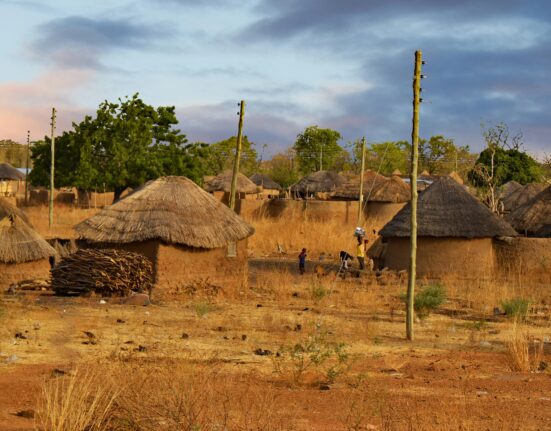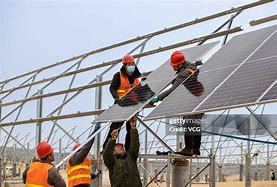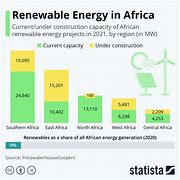Liberalizing energy markets in African countries to achieve true energy access across the continent is a pivotal topic stirring up conversations among experts and policymakers. The United Nations Sustainable Development Group’s research underscores a significant challenge – almost half of Africa’s population lacks electricity, contributing to over 80% of the global electricity access gap.
Despite Africa’s vast energy resources, many regions grapple with inadequate access to affordable and reliable electricity. While investments in the African energy sector reached approximately $110 billion in 2024, the portion allocated to clean energy falls short of what is needed to ensure universal energy access by 2030.
African nations are progressively opening up their energy sectors for private investments, fostering collaboration between governments and private entities. This shift towards decentralization in energy solutions aims to ease strain on national grids. The emergence of power traders and aggregators offers consumers more choices and flexibility in their energy sources.
However, challenges persist as outdated grid infrastructures hinder the growth of renewable projects. Inefficient grid interconnections create bottlenecks for new ventures in renewable energies across the region, limiting further expansion possibilities.
Hans-Arild Bredesen, CEO of Bredesen Consulting in South Africa, weighs in on this critical issue by stating:
“It’s not an either-or discussion between off-grid power, mini-grids, and interconnected networks.”
He emphasizes that densely populated areas may find it economically impractical to extend traditional power lines everywhere. In such cases, localized solutions like mini-grids powered by solar and batteries can be more effective than extensive transmission line developments.
Bredesen draws parallels with Norway’s historical approach to industrialization through renewable power utilization. Norway’s success story involved establishing industries near abundant hydropower sources located in remote areas. This strategic placement led to community development around these power hubs—a concept that could be replicated to drive electrification initiatives in Africa effectively.
Highlighting the importance of grid interconnectivity, Bredesen explains how linking regions like Zambia and Tanzania can pave the way for a connected African continent from Cape Town to Cairo. Enhanced interconnection facilitates an optimal mix of energy sources ranging from hydropower in central Africa to wind and solar potentials across different regions—creating a more dynamic and sustainable energy landscape.
Addressing challenges faced by smaller African countries with limited national demand for new generation capacity, Bredesen points out Namibia as a prime example. Despite its small size and concentrated population centers rich with renewable resources, Namibia struggles with attracting significant investments solely based on internal demand. By focusing on exporting surplus power while building necessary infrastructure like transmission lines, countries like Namibia can stimulate economic growth through increased investment opportunities.
In conclusion, while transitioning towards liberalized energy markets holds promise for improving access across Africa, integrating off-grid solutions remains crucial for addressing localized needs efficiently—propelling the continent towards a more inclusive and sustainable energy future.









Leave feedback about this